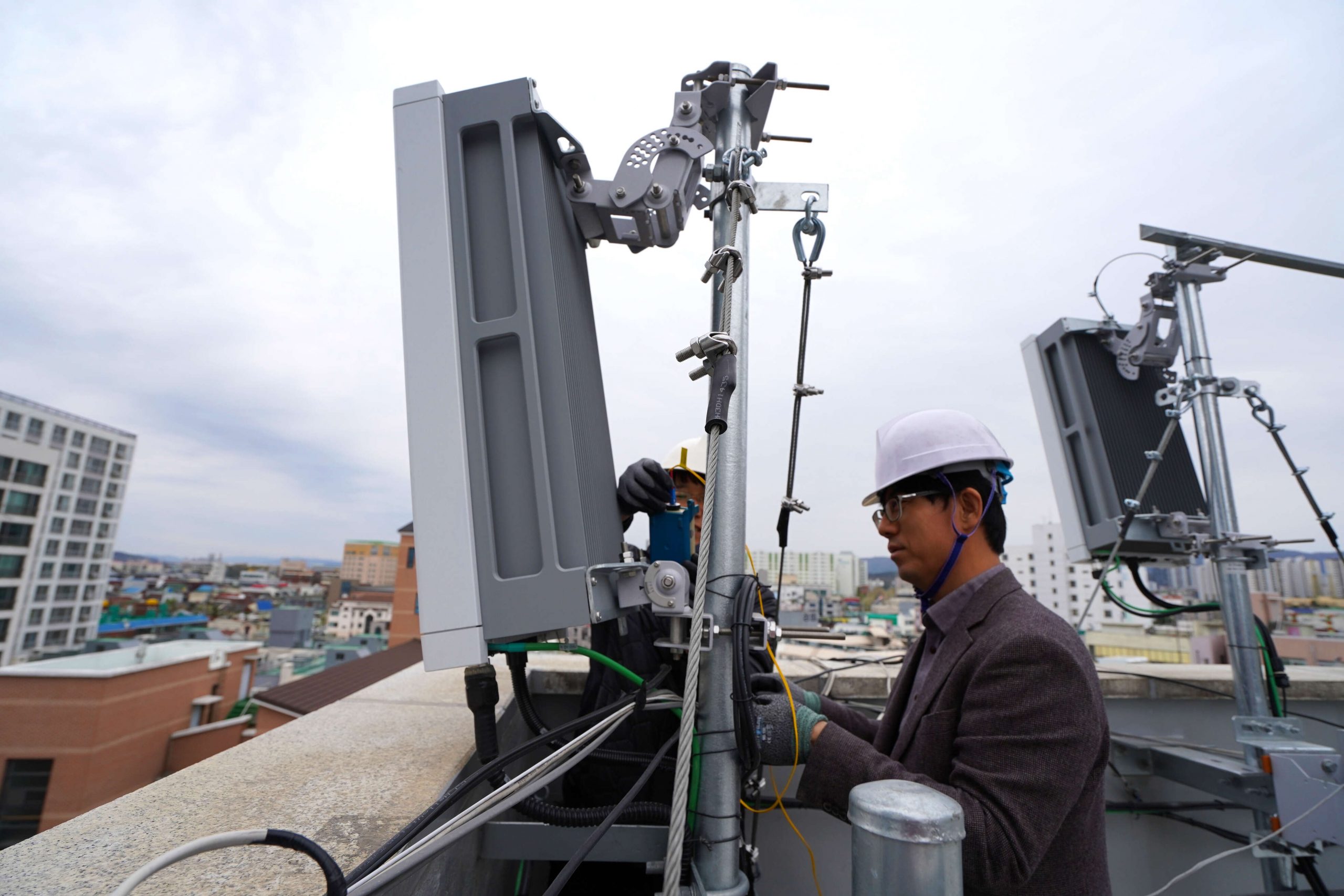In rural regions, the federal government supports broadband expansion. (Symbol image: Pixabay)
The German Federal Ministry of Transport and Digital Infrastructure and the European Commission have presented new figures. They show: The federal support program for broadband expansion is on the right track and 5G network coverage is also progressing. German companies, on the other hand, are said to have some catching up to do in terms of digital technology.
Germany’s rural areas are increasingly catching up in terms of broadband availability, according to the Federal Ministry of Transport and Digital Infrastructure when it presented its latest report on the Broadband Atlas of Germany.
The BMVI’s statistics show that around 62 percent of households in Germany have access to gigabit connections. That’s an increase of a good 2.6 million connections compared to mid-2020 and 14.5 million connections since the end of 2018.
Background: government funding for broadband roll-out.
Under the Basic Law, the expansion of communications networks in Germany is organized by the private sector. The state may only intervene if companies do not expand, for example, due to a lack of economic viability. In such cases, the Federal Government supports the roll-out of fast fiber-optic networks, particularly in rural regions, via the Federal Broadband Expansion Program. Around EUR 12 billion is currently available for this. Of this, around EUR 9.4 billion has already been committed and will be used for around 2.7 million connections for households, businesses, schools and hospitals. Over 800,000 of these connections have already been completed.
The European Commission also presented figures in November: The Digital Economy and Society Index 2021 measures each year the progress of EU member states in digital competitiveness in the areas of human capital, broadband connectivity, integration of digital technology in businesses and digital public services. The figures from the survey are from mid-2020. Germany lands in 11th place in the ranking of all EU member states, moving up one place compared with the previous year’s report.
In the area of broadband connectivity in particular, the index attests to relatively good results for Germany: Coverage of fixed networks with very high capacity has improved significantly, but remains below the EU average (59.3 percent). However, the slightly more up-to-date figures from the Broadband Atlas show that work on this is ongoing.
The index’s verdict on 5G in Germany is more encouraging: in terms of 5G readiness, the country is one of the frontrunners, and Germany is leading the way particularly in the provision of the 5G pioneer bands (700 MHz, 3.6 GHz, 26 GHz). In terms of household coverage with 5G, Germany is in 5th place with 18% in mid-2020, he said. The EU average is 14% of households. So there is still room for improvement across Europe. However, the Federal Ministry points out with regard to these figures that the EU Commission’s values for 5G coverage were estimated and that a high level of momentum has been observed in 5G expansion by mobile network operators in Germany since mid-2020.
Digital technology slowed down in companies
In the area of human capital, Germany performs above average in an EU comparison for almost all indicators (apart from the proportion of female ICT specialists). At least basic digital skills and at least basic software skills are widespread in the country, but the shortage of ICT specialists persists.
This shortage also affects the integration of digital technology by companies. Less than a third of companies (29 percent) exchange information electronically, and only 18 percent of SMEs issue electronic invoices. Germany has made little improvement in either indicator in recent years.
Parts of this text are translated with www.DeepL.com/Translator.









Leave A Comment